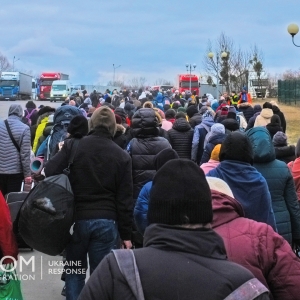
Social media data: A useful data source for measuring labour mobility and migrant stocks in the EU?
Summary
A team of five organisations developed a real-time monitoring of migrant stocks and flows in the EU, using social media data of Facebook and Twitter. Until today, official statistics of migration are constrained; they are limited in their ability to distinguish population subgroups, they are fully reliant on individual member states’ measurement, and they come with a considerable time lag. This project attempted to formulate models that can supplement migration statistics with using anonymous geolocated information of social media that provides insights into users’ geographic locations.
Results
The models created bridges between the traditional nation-based migration statistics and newly collected social media data, since statistical results could be found in real-time based on geolocated data from Twitter and Facebook. Concerning the migrant stocks, the social media-based models estimated over 15 million EU citizens lived in another EU member state than their home country in 2018. These results match the (traditional) official statistics of Eurostat. However, the approach was less successful in measuring the migrant flows within the EU. The results show a lower accuracy if compared to Eurostat data, most likely because of the short time series of quality Twitter data and the small number of users for whom location data was available. Overall, this project paved the way for further investigations, developing models to measure migrant stocks and flows accurately and in real-time by using social media data. Potentially, the approach can be replicated to multiple geographic contexts, depending on the availability of geolocated data of social media services.
(Image: ©EU Commission)





